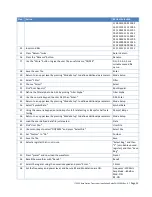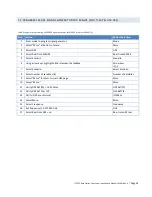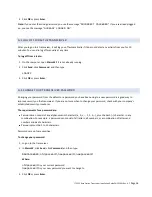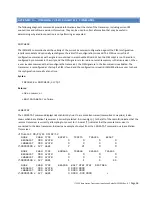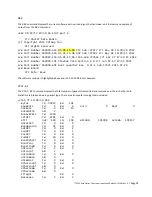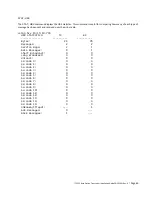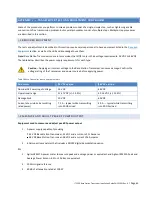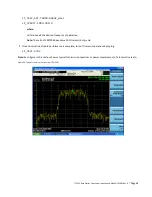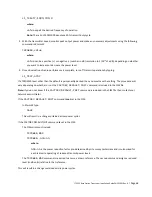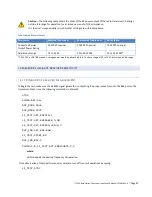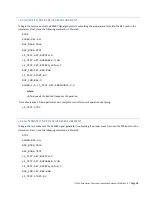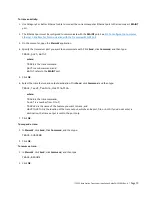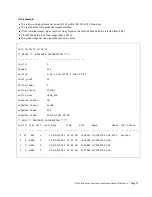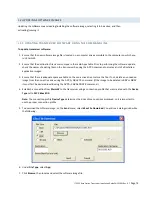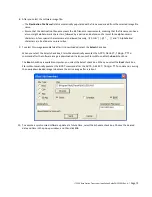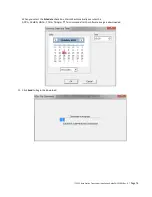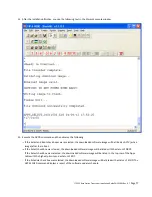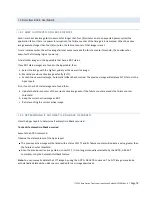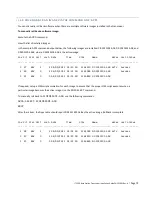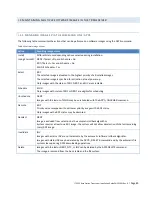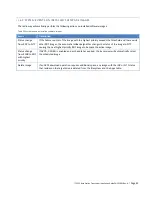
ITC 220 Base Station Transceiver Installation Guide PN 133991 Rev. A
| Page 66
L1_TXDUTY,1000,300,0
where:
value
equals the desired frequency of operation.
Note:
The ratio of 300/1000 denotes a 30% transmit duty cycle.
2.
With the transmitter keyed, monitor peak output power and make any necessary adjustments using the following
command in XtermW:
TXPOWER,value
where:
value
can be a positive (+) or negative (–) number in dB (resolution to 1/10
th
of a dB), depending on whether
you want to increase or decrease the power level.
3.
Once observation of radio performance is complete, turn off transmit operations by typing:
L1_TEST,STOP
If a TXPOWER level other than the default is permanently desired then you must save the setting. The procedure will
vary depending on whether or not the
FACTORY,DEFAULT,INIT
command is included in the CIM file.
Note:
If you do not know if the
FACTORY,DEFAULT,INIT
command is included in the CIM file then contact your
network administrator.
If the
FACTORY,DEFAULT,INIT
command
is not
set in the CIM:
In XtermW type:
SAVE
This will result in a change sustained across power cycles.
If the FACTORY,DEFAULT,INIT command
is
set in the CIM:
The CIM script must include:
TXPOWER,MAX
TXPOWER,–nnn.nn
where:
nnn.nn
is the power reduction factor pre-determined by site survey technicians and is customized for
each radio site operating at reduced transmit power levels.
The
TXPOWER,MAX
command is required to ensure a known reference. The second command assigns a reduced
level (in dB units) relative to that reference.
This will result in a change sustained across power cycles.


